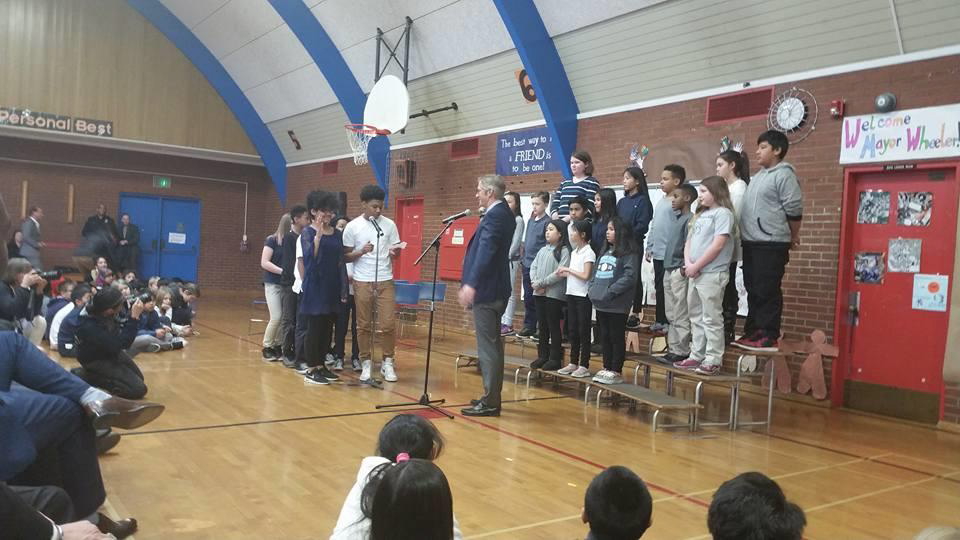“Beneath our dome is a spiritual home, a place of community and friendship, a place to be inspired through prayer, a place for lifelong learning, and a place where every person makes a difference”. Congregation Beth Israel, located at 1972 NW Flanders, will host the 12:00 -2:00 PM, March 1 meeting of the Interfaith Alliance Come join us, share your thoughts, listen to those working on the front lines of poverty, and consider how together we can make a difference.
Featured speaker will be Brandi Tuck, Executive Director of Homeless Family Solutions, who founded the organization in 2007 with a mission of “giving hope to homeless families.”
FEBRUARY 2, 2018 INTERFAITH ALLIANCE MEETING
Guest speaker at the February 2 Interfaith Alliance meeting, held at Westminster Presbyterian Church was Deborah Kafoury, Multnomah County Chair. She introduced her new assistant Kim Melton. In 2008 Deborah was elected to the Multnomah County Commission where she has worked to help families in crisis stay in their homes or be rehoused as quickly as possible. Here are excerpts from her remarks before the February 2, IAP meeting.
“Thank you for having me here today. If there is one thing that I’ve learned during my time in public office, it’s that no one person -- no matter how rich or powerful they might be -- can have the same impact as a community that’s working together in common cause.
This nation’s wealth is unevenly shared across our communities and the impact of that injustice is staggering. We see people sleeping on our streets, or huddled in their cars and many of us think -- this problem is too big for me -- I don’t know what to do to help. But the people in this room roll up their sleeves and get to work. So thank you.
“My good friend Israel Bayer often says that homelessness isn’t normal. In 2016, he gave a talk called Homelessness In America: The Journey Home. I hope you’ll look it up online. In that speech, Israel takes us on a journey through our past. He talks about the massive federal cuts to housing services in the 1980s during the Reagan administration that led to street homelessness throughout our cities. From 1978 to 1983 the federal housing budget was slashed from $83 billion to $18 billion. And since then, we haven’t done much as a nation to make up the gap.
“Street homelessness is the most visible sign of poverty, and the basic injustice of people being forced to sleep on our streets should inspire us to action. But it is important to recognize that for hundreds of thousands of people in our community, poverty is a crushing burden they bear in the shadows.
“ On any given night, there are nearly 1,700 people sleeping on our streets. But across Multnomah County in 2014 one third of residents couldn’t afford to pay for the basic things in life: food, medicine and housing. That’s a quarter of a million people.
- 44% of the county’s population in poverty were communities of color, and 26% of the county’s communities of color were in poverty.
- 19% of the county’s population in poverty is foreign born, and 23% of the county’s foreign-born population is in poverty.
- 22% of the county’s households in poverty are single-parent households, and 42% of the county’s single-parent households are in poverty.
“And while our official poverty statistics have declined, they haven’t returned to pre-recession levels.
“At the same time, rising costs for health care, education and housing are putting a squeeze on families in poverty.
“ So what can we do? Well first off, we can stop doing things that perpetuate poverty. Last year Congress passed a monstrous tax bill that repealed the estate tax, blew giant loopholes in our business tax code and generally discarded any sense of fiscal responsibility or fairness. One analysis had the top 1 percent getting 83 percent of the gains while in the bill’s final year, it raised taxes on 53 percent of Americans.
“Secondly, we can put our money where it does the most good. At Multnomah County, we are pushing hard to move away from funding jail beds and emergency medical services, and instead focusing on prevention, stability and housing. By focusing on wraparound services, whether its in our SUN Schools, our mental health system or in the thousands of supportive housing units across the county, keeping people stable and secure saves money and helps them build their way to self sufficiency. In October, the city of Portland and Multnomah County committed to doubling the number of supportive housing units in our community, creating 2,000 more over the next ten years.
“Racism can be both a root cause and exacerbate experiences of poverty for communities of color. That’s why we’ve prioritized investing in a broad range of solutions that meet communities where they are with strategies that best work for them -- culturally specific services in our youth services, domestic violence, aging and community health worker training. Creating an atmosphere of safety, trust and belonging is critical to effectively doing our work to address poverty.”
“Finally, and most importantly, we can change the conversation. We shouldn’t assume that poverty is normal, that homelessness is intractable and there is no hope for change. We have overcome big challenges in the past and we can build a better society that’s more fair and just.” Deborah concluded: “I know that throughout Multnomah County there are thousands of people who want to do the right thing. They want to help. They just need to be asked. Our Community Health Improvement Plan is a prime of example of partnering with our community members in creating a plan for our collective success.
OREGON HOUSING ALLIANCE DAY IN SALEM REPORT By John Elizalde, Co-Chair Poverty Awareness & Communication, February 15, 2018
“There were several hundred housing advocates gathered in Salem to learn about key legislative measures, how to talk with representatives and visit the representatives and ask for their ‘yea’ votes on these measures. Each attendee was matched with appointments to visit both their representative and senator. We were asked to review one bill during our visit.
HB 4007, Document Recording Fee: What the Oregon Housing Alliance has to say about this bill:
“Preventing and ending homelessness, building and preserving affordable housing, and expanding access to affordable homeownership are all key purposes of the document recording fee. The document recording fee is stable, ongoing revenue that provides critical and flexible funds to housing opportunity. Ten percent is directed to preventing homelessness, 14% to promote homeownership, and 76% to multifamily affordable housing development. Within each of these priorities, one out of every four dollars serves veterans experiencing housing instability. HB 4007 increases the fee to $75, raising an additional $82 million per biennium. HB 4007 includes a proposed First Time Home Buyer Savings Account, providing a small tax incentive for people with moderate incomes to save for the purchase of a first home.”
Another piece of legislation is also important this session: HJR 201 Constitutional Amendment for Affordable Housing, From the Oregon Housing Alliance:
‘Bonds are an incredibly powerful tool to help meet affordable housing needs. The Oregon State Constitution limits the ability of municipal governments to use bonds to build needed affordable housing. The constitution prohibits lending of credit by local jurisdictions which means that bonds issued by local jurisdiction for affordable housing cannot be used with other funding and the housing much be owned and controlled by the local government entity. HJR 201 asks the Legislature to refer to voters a constitutional amendment that would create an exemption for affordable housing. Additional flexibility will ensure more effective use of bonds to address local housing needs’.
“Readers of this report: Please call your representative/senator (use this link to find them www.oregonlegislature.gov/findyourlegislator/leg-districts.html) and ask them to vote ‘yea’ on these two measures. 4007 needs to pass with a 3/5 majority so we need ‘all hands on deck’ to support these measures.” John Elizalde
WHO WERE YOUR GREAT, GREAT GRANDPARENTS? WHAT DID THEY DO? HOW DID THEY INFLUENCE YOU? By B. Gregg
These were some of the questions posed to those attending the February 2 Interfaith Alliance meeting by Kathryn Moran, Westminster Presbyterian, and Jessica Rojas, NE Coalition of Neighbors who recently participated in a poverty training program presented by Dr. Donna Beegle.
In order to better understand “generational poverty” IAP members were asked to look back on their own roots and culture, starting with their grandparents 3 generations back.
Except for those with Native American backgrounds, all had come from foreign shores, most aboard ships of varying sizes -- some in the hold of a slave ship, others aboard a merchant vessel, a few in cabins, most in steerage. The common ingredient was hope that at the end of their journey they would find a better life. That was true of rich and poor, slaves and indentured servants.
They dreamed of land of their own, new opportunities, escape from tyranny, religious freedom and a better life for themselves and their families. They brought with them the wisdom, strength, and skills of the generations who had preceded them, -- together with a resolve to create something new, a nation where everybody got a fair chance and were protected by a government of laws not the caprice of dictators or the landed gentry.
That nation, built by our immigrant grandparents and their children has now become a model for the world. We are entrepreneurs, inventors, educators, engineers, scientists, etc. We are also fighters for social justice, equality, a healthy ecology, and economic fairness--because not everyone has benefited equally from the American dream. Kathryn and Jessica will be conducting further “poverty training” sessions in coming months.
ANOTHER DAY IN THE LIFE OF AMERICA
Although we are all horrified at the slaughter of high school students at Parkland, we are less affected by the 17 year olds gunned down on our own streets. It has just become so common. Another shooting, another candlelight vigil. Another day in the life of America. Last year by the end of August , there were 10,223 gun deaths, 20,530 gun injuries, 1,343 unintentional shootings, and 244 mass shootings.
Gun violence is heaviest in neighborhoods struggling with poverty, unemployment, failing schools, and racial disparity. Therefore, as we consider how to stop gun violence,-- in addition to banning assault weapons, improving background checks and providing mental health services,-- we need to consider measures to reduce poverty. . Lack of affordable housing, education, health care, racial equality, and job opportunity provide the conditions for gun violence to thrive.
Fremont United Methodist will hold a community forum on gun violence on Sunday afternoon, March 11th. A Gun Protest rally to coincide with national marches will be held on Saturday, March 24th, starting at 9:00 in the morning, at Tom McCall Park. B. Gregg
WORDS FROM DWIGHT D.EISENHOWER, US President and World War II Commanding General, Allied Forces
“Every gun that is made, every warship launched, every rocket fired signifies, in the final sense, a theft from those who hunger and are not fed, those who are cold and are not clothed.”
FEDERAL BUDGET PROPOSAL
President Donald Trump’s 2018-19 Budget proposals are now on the table; priorities below:.
$716 billion – for defense. Trump declares that “We’re going to have the strongest military we’ve ever had by far. We’re increasing our arsenals of every weapon. We’re modernizing and creating a brand new nuclear force.”
In addition, budget proposes::
- $23 billion -- for a border wall, $2.7 billion to detain up to $52,000 undocumented immigrants, and $782 to hire 2,750 more customs and immigration agents.
- $21 billion -- for infrastructure spending; money also to be drawn from state and private funds.
- $10,000 billion -- for opioid treatment to fund Certified Community Behavioral Health Clinics, which would require $5 billion be cut from current programs. Spending would be subject to year-to-year approval of congress.
TO HELP PAY for these programs, the Trump plan would cut Medicare by $554 billion over the next 10 years and Medicaid by $14 TRILLION. It would also completely eliminate 66 federal programs, for a savings of $26.7 billion.
Since this is currently a PROPOSED budget, now is the time for concerned citizens to contact their congressmen.
For those of us who do not want to see cuts to Medicare, Medicaid, Education, US Aid, Affordable Housing, Food Stamps, Programs for People with Disabilities, Headstart, Financial Assistance for Students, Home Investment Programs, Scientific Research (Energy, Climate), Five Earth Science Missions, National Wild Life Refuge, Aid to Developing Nations, Low Income Home Energy Assistance, Global Agriculture and Food Security Programs, Environmental Protection, Migrant Worker Training, Public Broadcasting etc., our course is clear. We need to speak out with our conscience, affirming how we want our tax dollars spent. B. Gregg
Remarks by Rev. Dr. Liz Theoharis, Co-Chair, Poor People’s Campaign
“Dr. Martin Luther King watched as a teacher in Marks, Mississippi cut an apple in four to feed four hungry students. That sight moved him to tears and inspired him to join with others to launch the first Poor People’s Campaign. “That same year, Dr. King traveled to Memphis to support Black sanitation workers who went on strike to demand respect and a living wage. They declared their humanity to the world with signs that read, “I AM MAN,” and their struggle helped fuel the Poor People’s Campaign.
“Today I’m in Marks, which, 50 years after Dr. King visited, is still one of the poorest counties in the United States. Memphis and Marks were the first stops on a tour spotlighting the harshest poverty in the nation. Over the next two months, we will travel coast to coast, from immigrant farming communities in California’s Central Valley to Alabama’s Lowndes County, where families are suffering from inadequate wastewater treatment. “We won’t just highlight poverty, but the inspiring organizing that is changing lives. On every stop, we will meet local organizers to elevate their leadership and invite them into our campaign.”
On Tuesday, March 6th, from 6:00-7:00 PM, at Ainsworth United Church of Christ, 2941 NE Ainsworth, you will have an opportunity to learn more about the POOR PEOPLE’S CAMPAIGN. Program is being hosted by Ainsworth United Church of Christ, Sisters of The Road, Social Welfare Action Alliance, and the Western Regional Advocacy Project (WRAP). Coffee and snacks provided
ALBINA VISION By B. Gregg
The Albina Vision plans to restore a 30-acre area into a version of the largely residential neighborhood that existed 60 years ago, before it was razed for construction of the Memorial Coliseum and other structures.
Led by Rukaiyah Adams (Chief Investment Officer with the Meyer Memorial Trust) and Zari Santner (former Portland Parks Bureau director), the "Albina Vision" hopes to "rebuild a community, not just physical spaces" but "be honest about the destruction of this neighborhood, not back away from that history."
Aerial view of Albina Vision Photo BikePortland
“The plan will keep the Memorial Coliseum and Moda Center, but build new streets and buildings in the areas around them. It will also include a large "cap" covering I-5, Interstate Ave and the railroad tracks, stretching from NE Clackamas Street north to beyond NE Broadway Ave. and west to the riverfront It would provide public access to the river, create new buildings and streets, and move existing parking underground”
When Project Leader Zari Santner and Architects Hennebery Eddy were invited to help develop a physical and economic vision for the district, they recognized the “opportunity to use design to reflect the needs, goals and aspirations of a community, convey possibilities for integrating the district into the city, and incorporate the relationships and connections to nearby sites, prompting community conversation and input.
“A group of engaged citizens and community leaders collaborated over six months, conducted five in depth work sessions to review the history of the district, its current configuration and status, the range of prior proposals and current studies under way, articulate values and develop a physical framework for the future. These advocates of the city were given no specific development agendas, free to establish their own standard of a successful outcome.
“The resulting Albina Vision is not prescriptive, but rather is a framework to foster the growth of a diverse, sustainable, urban district – on par with great neighborhoods of the world. It includes short, mid- and long-term goals, considerations and aspirations that address transportation infrastructure, the built environment, and what it means to foster a diverse, sustainable community. “ )
Rukaiyah Adams, Chief Investment Officer of Meyer Trust, has spearheaded the Albina Vision. She says she is driven by the belief that “we are all just trying to take care of one another.” A desire to succeed in the capital markets for the benefit of everyday people brought Rukaiyah to Meyer Trust.
She was born in Berkeley, California but grew up in the Walnut Park area of northeast Portland, now called the Alberta Arts district, and attended King Grade School. She holds a BA from Carleton College with Academic Distinction, a JD from Stanford Law School, where she served on the Law and Policy Review, and an MBA from The Stanford Graduate School of Business
Rukaiyah said the current Rose Quarter is an example of the “primacy of the car” and that she wants to, “rebuild a community, not just the physical spaces” of a neighborhood that she refers to as “ground zero for the discussion about equity and history in Portland.”
LEGACY HEALTH - HILL BLOCK PROPERTY
On August 1, 2017, Prosper Portland, the Office of City of Portland Mayor Ted Wheeler, and Legacy Health announced a collaborative project to develop the Hill Block property, a vacant 1.7 acre block currently owned by Legacy Health.
The property is located within an area that Prosper Portland and the City of Portland condemned in the early 1970s under urban renewal for an expansion of the hospital campus, displacing 171 families, 74 percent of which were African American. The focus of the new development is to honor Portland’s African-American community, support community housing and economic needs, and further Legacy Health’s mission of promoting health and wellness.
.CULLY HOUSING ACTION TEAM (CHAT)
REPORT BY Marilyn Mauch February 6, 2018. 5:30 pm-8 pm
Number attending (best guess): About 35 – most were Cully residents; organizational reps included Mira Conklin, Leaven; Sister Phyllis, St. Charles; Brenna Bailey, Cully community organizer/housing stability; Jake Antles, Habitat; Cameron Herrington, Living Cully; Kathryn Moran, Westminster Presbyterian; several members of Portland Tenants Union; Portland Community College video production instructor and two students; Malin Jimenez, Verde; Marilyn, IAP/Advocacy
Community Walk Training on March 2, 3-5:00 pm at Living Cully Plaza. Community walk extends through Cully Park and Habitat’s Simpson Street property, picking up trash along the way. I attended the last Cully livability walk and it’s amazing how much difference the litter pick-up is making! We found significantly less trash pick-up needed. -- Evidently people are getting the message that if an area’s clean – DON’T LITTER there! Another improvement has resulted from the city removing the makeshift shelter on the sidewalk adjacent to the Simpson Street Habitat property, one block from Columbia Blvd. We want to keep Cully Park clean for its opening this summer and the Simpson Street/Habitat property, free from litter until construction starts.
.City Council Vote on the Relocation Ordinance, Feb. 28, 3 pm. The Ordinance’s one year mandate is expiring April 6 2018. It enabled households served a no-cause eviction or a rent increase of 10 percent or higher in a 12 month period to be paid relocation assistance by their landlord. Note: The mandate does not apply to week-to-week tenancies or temporary rentals of a landlord’s principal residence for a period up to 3 yrs., or tenants who occupy the same dwelling unit as the landlord or a landlord who rents only a single dwelling unit in the city of Portland. On the 28th, the City Council is expected to consider revising the mandate regarding the week-to-week tenancies or temporary rentals and the extension of the relocation ordinance. Note: As many as 24% of rentals were left unprotected because of the exclusions identified above
Opportunity to join CHAT Leadership Team. The team meets the last Wednesday of every month. New member orientation will take place on March 6th. Details weren’t given, but Living Cully will continue work on breaking down barriers for homeownership in Cully for those without a SSN.
Summer engagement strategies for youth – Living Cully plans on holding a youth CHAT team during the summer. The youth will decide what they will tackle. Some ideas produced by the workgroup were: 1) hold a bike repair workshop; 2) develop a theatre performance or 3) have a dance group; 4) hold soccer tournaments; 5) hold a carwash (or other ideas) to raise dollars and the youth would keep the money earned.
Video “Tenant Opportunity to Purchase” – Video to be produced gratis by PCC students and instructor. The video is to plug for TOP (tenant first option to buy), a new campaign that Living Cully will be mounting. The video may be about 4 minutes in length and will probably open and close with a few “real life” testimonies of the crises experienced by Normandy families faced, when confronted with more than a double rent increase and 30 days to vacate if they couldn’t meet it.
Allowing tenants an opportunity to purchase property, would give them a chance to work with non-profit partners (such as Living Cully) to purchase and preserve their homes. The video will be narrated and be a mixture of “real life” footage along with amateur neighborhood actors. .
entifying priorities for Affordable Housing Bond monies to be targeted/identified in the Cully neighborhood.
I don’t know the portion of the $258 million affordable housing bond monies which are currently available; however, there is the hope/possibility that more bond monies will become available if HJR 201 is endorsed by a majority of the Salem legislature. The push is for a constitutional change so that jurisdictions can issue bonds that permit such monies to be lent to nonprofits.


 By all these lovely tokens September days are here, With summer's best of weather And autumn's best of cheer. Helen Hunt Jackson
By all these lovely tokens September days are here, With summer's best of weather And autumn's best of cheer. Helen Hunt Jackson
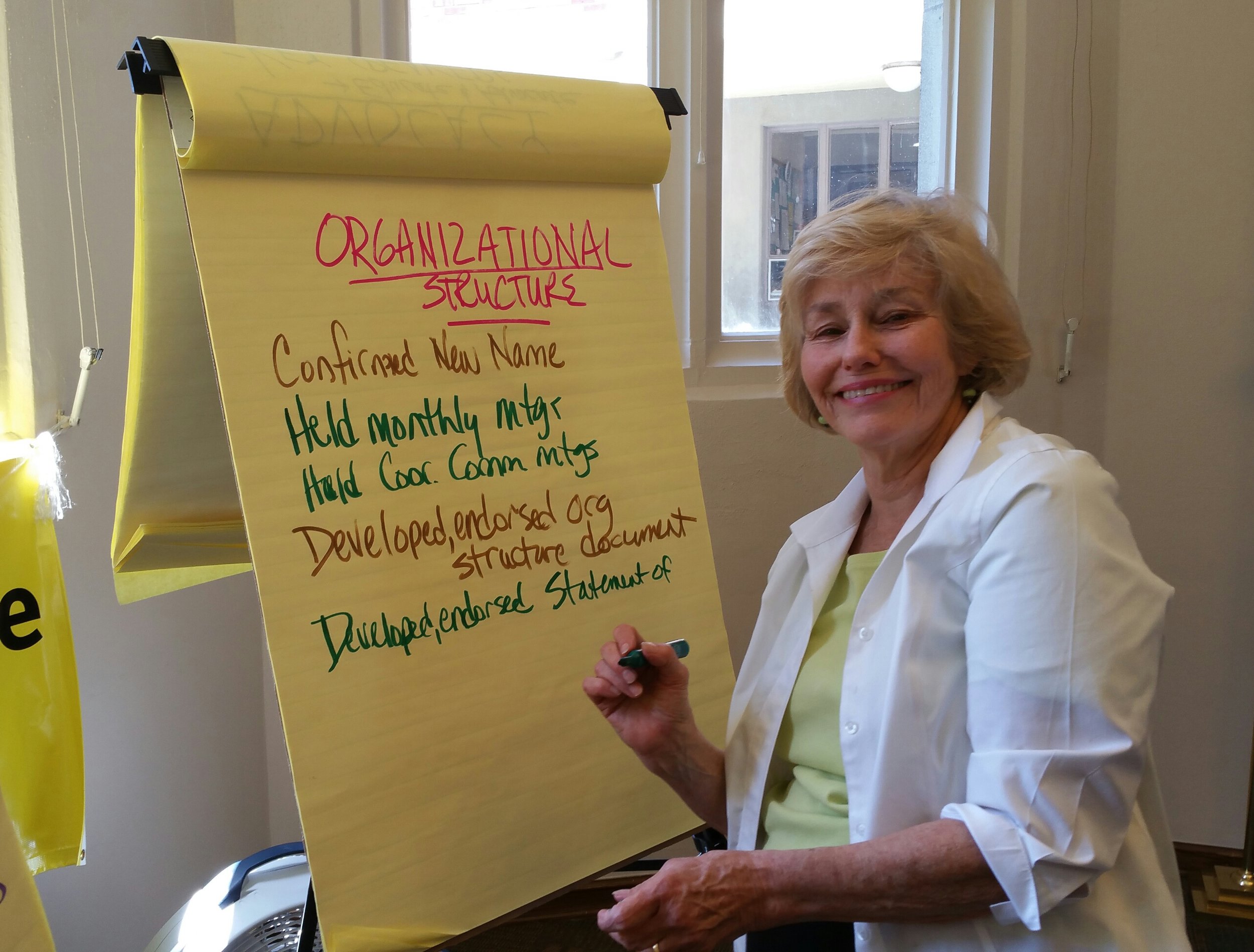
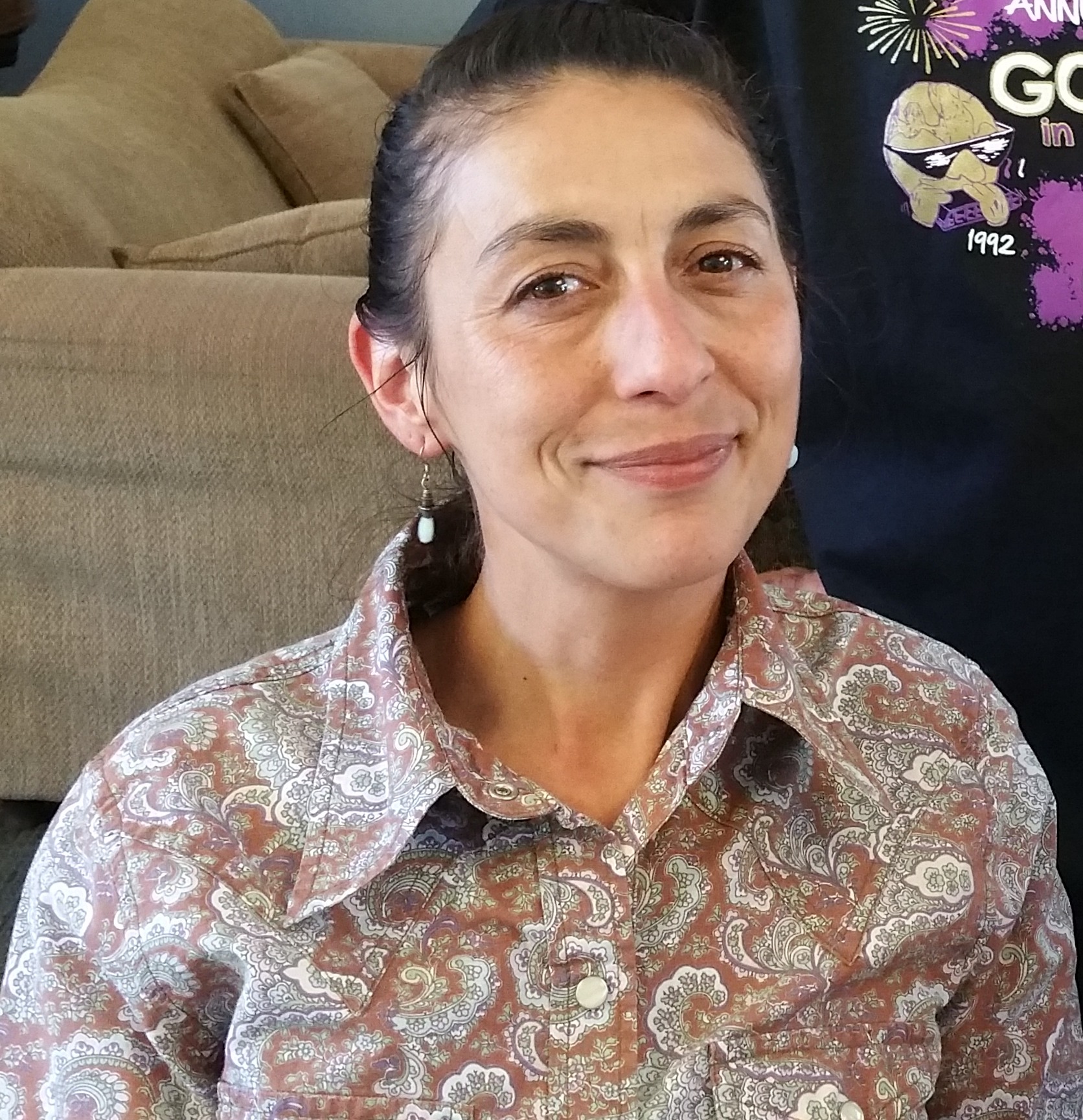

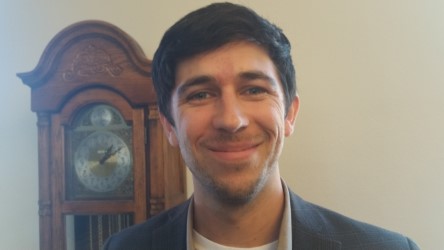
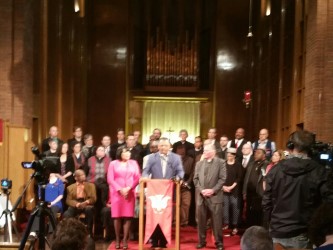
 MLK
MLK